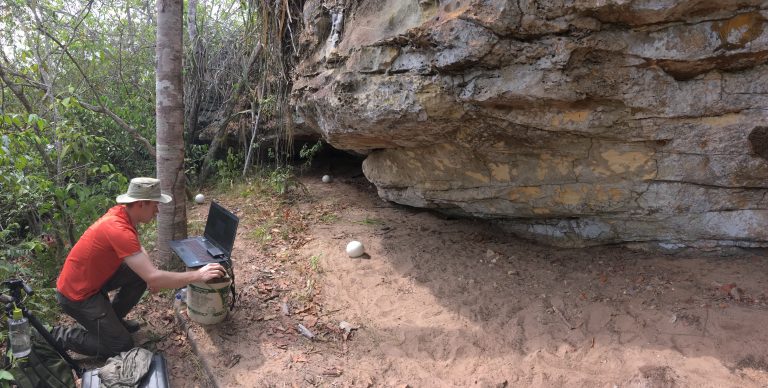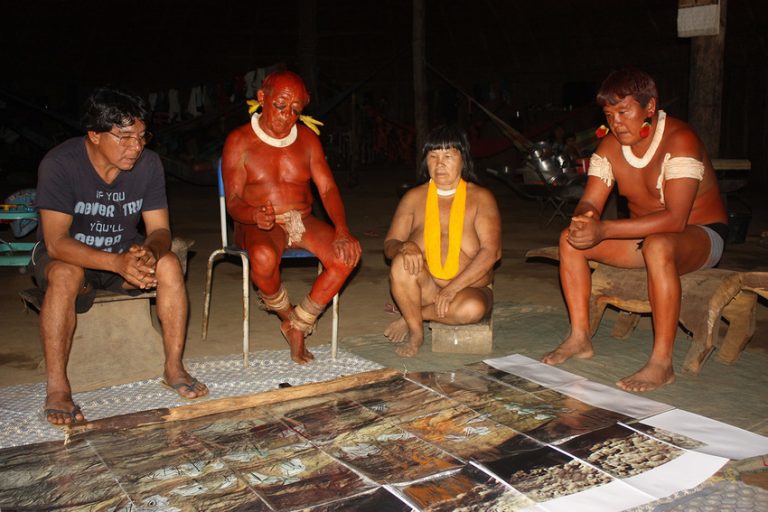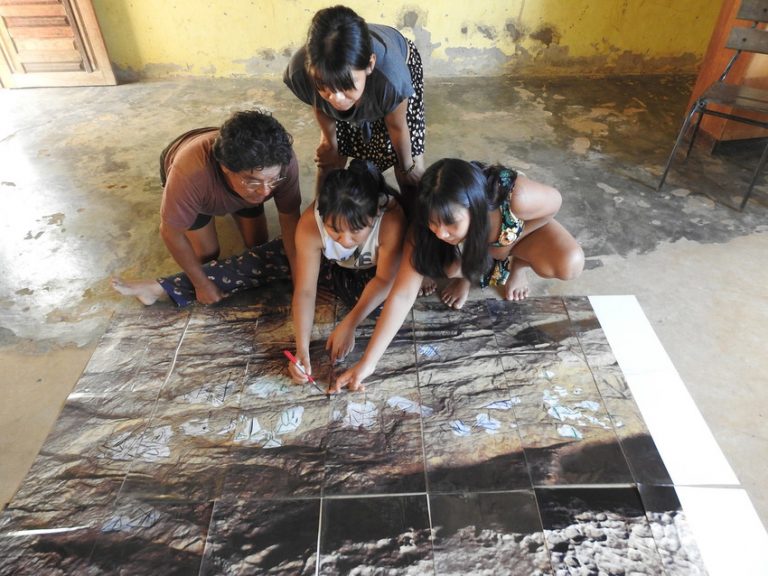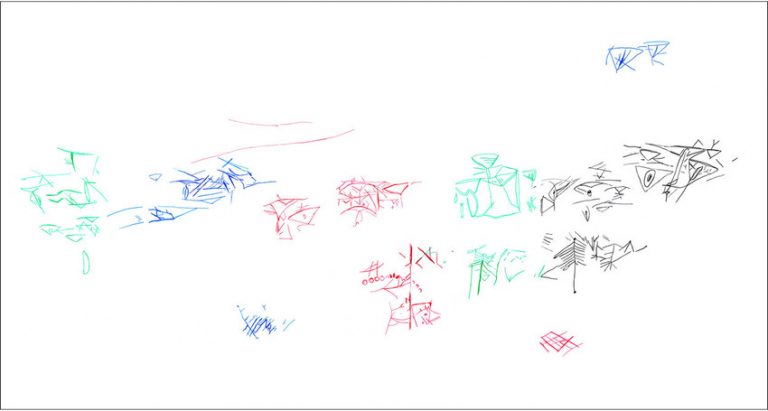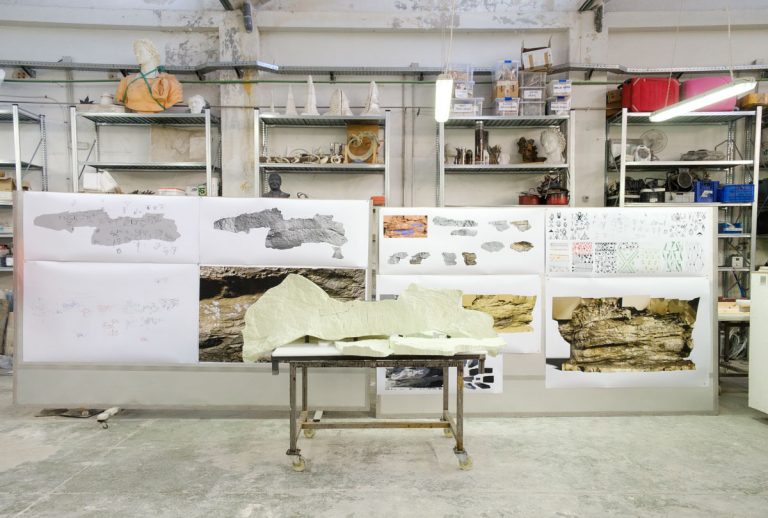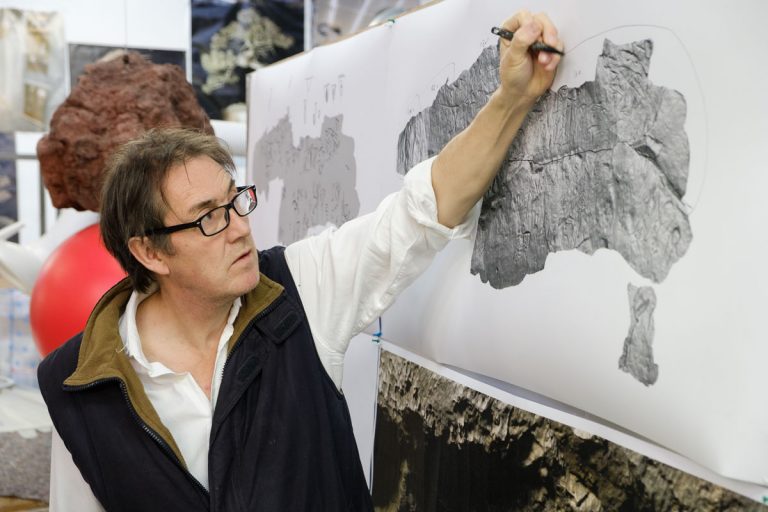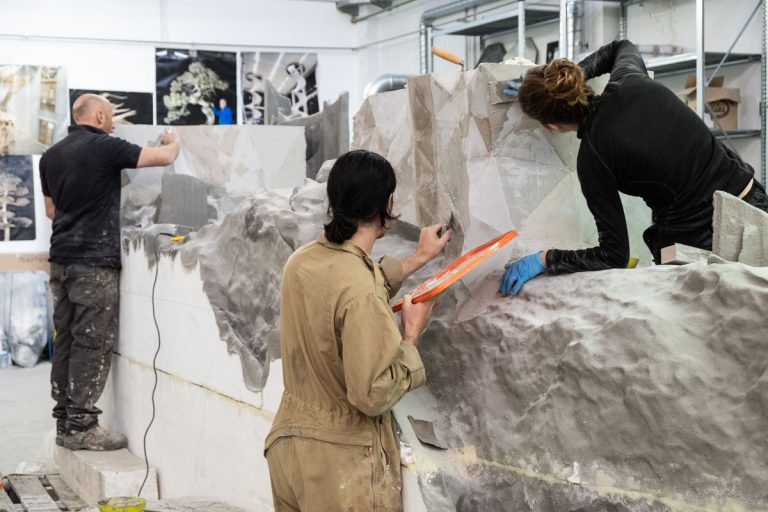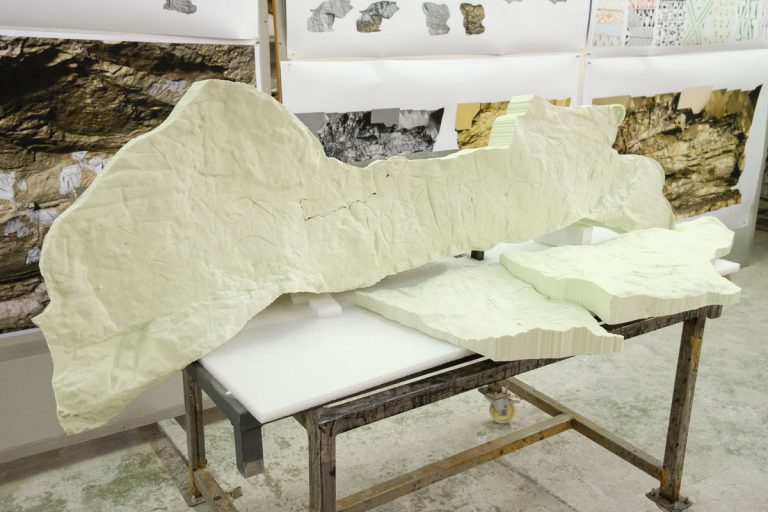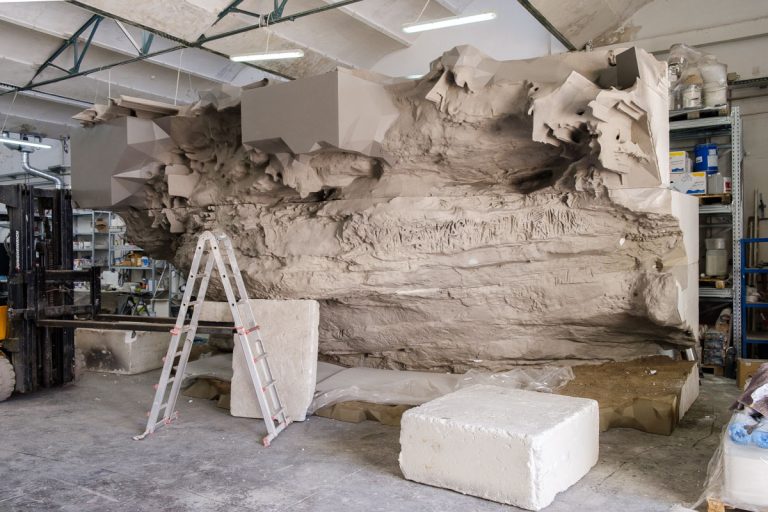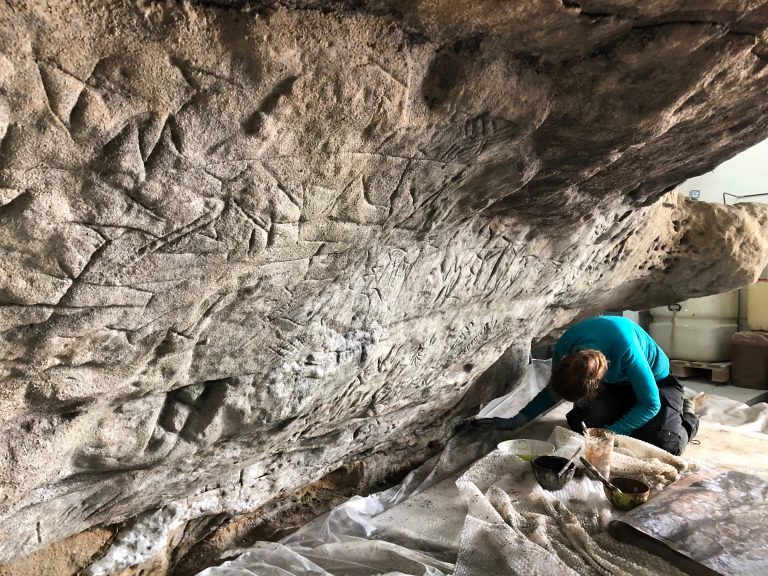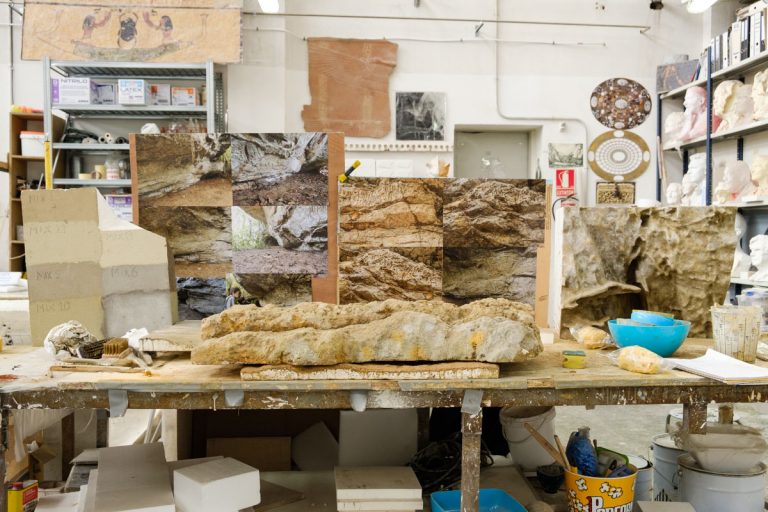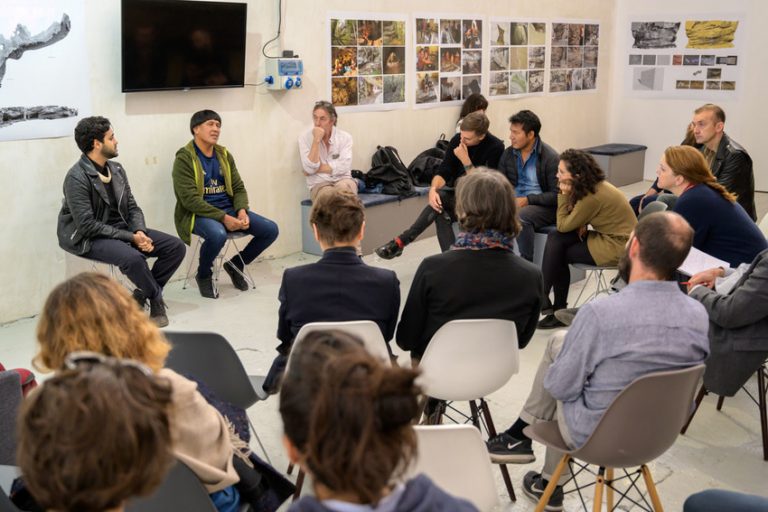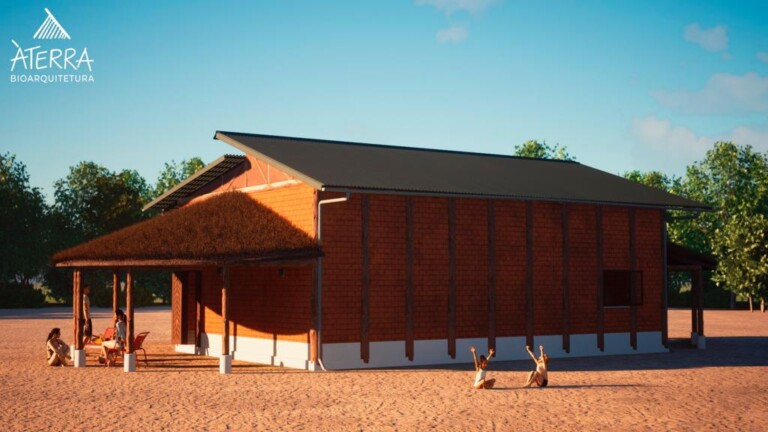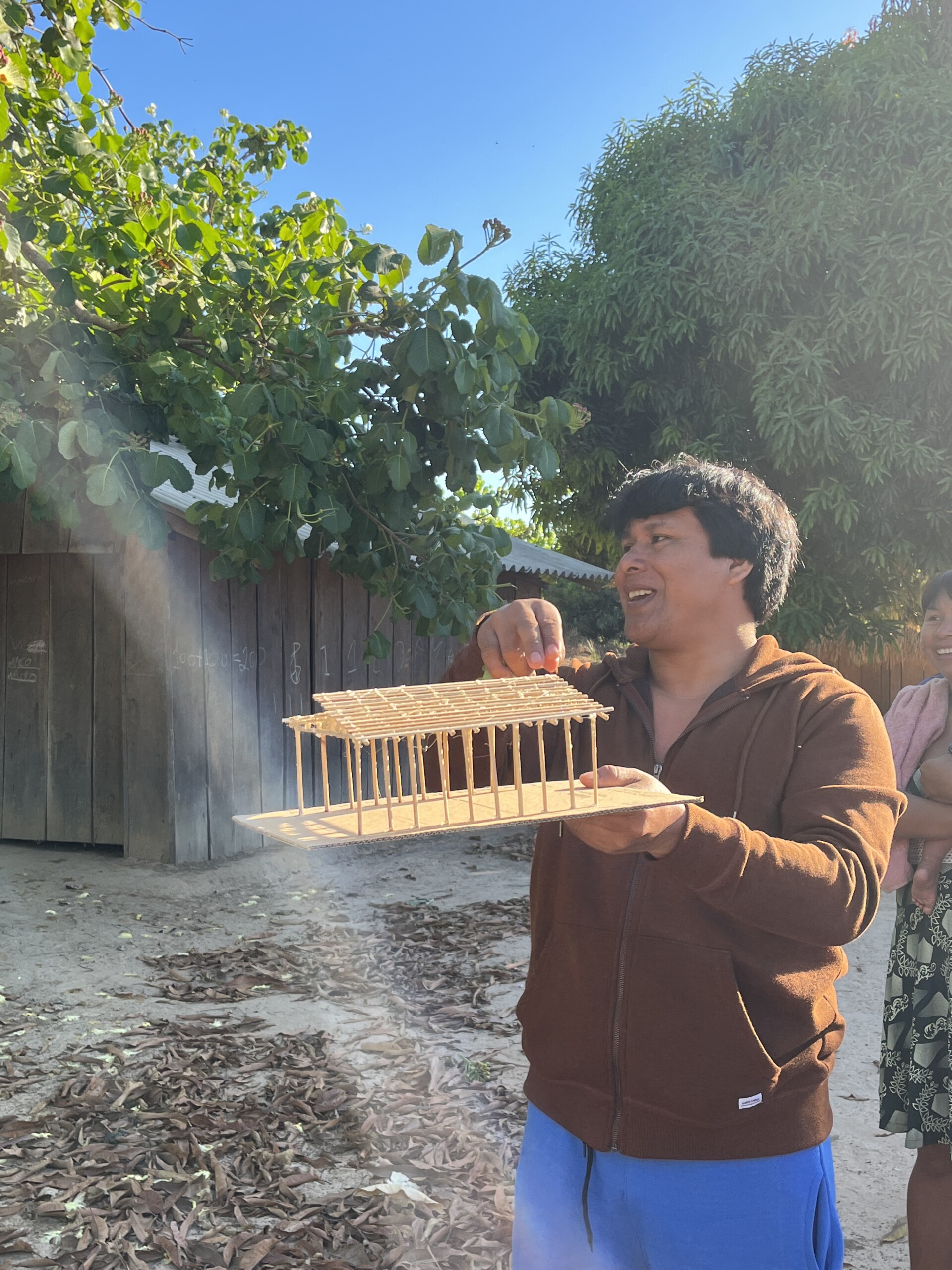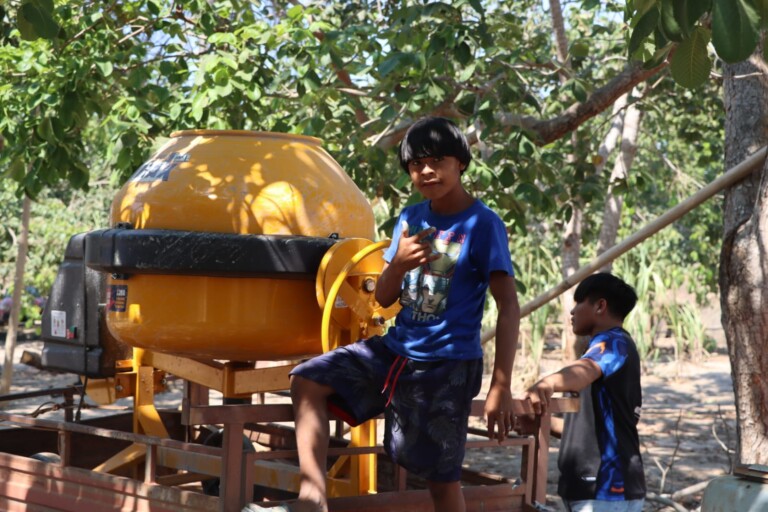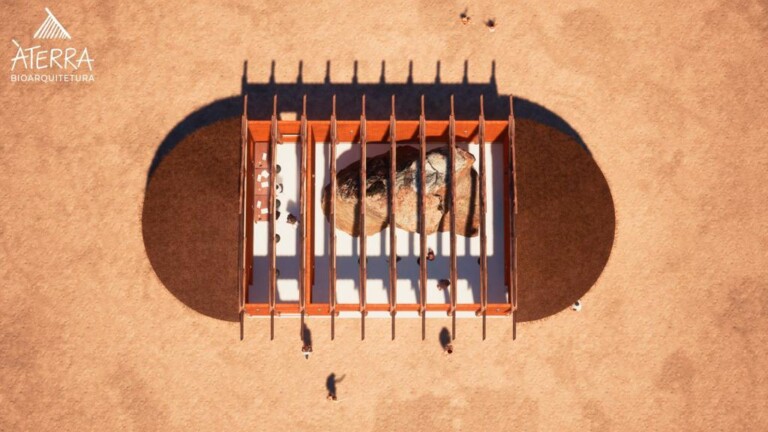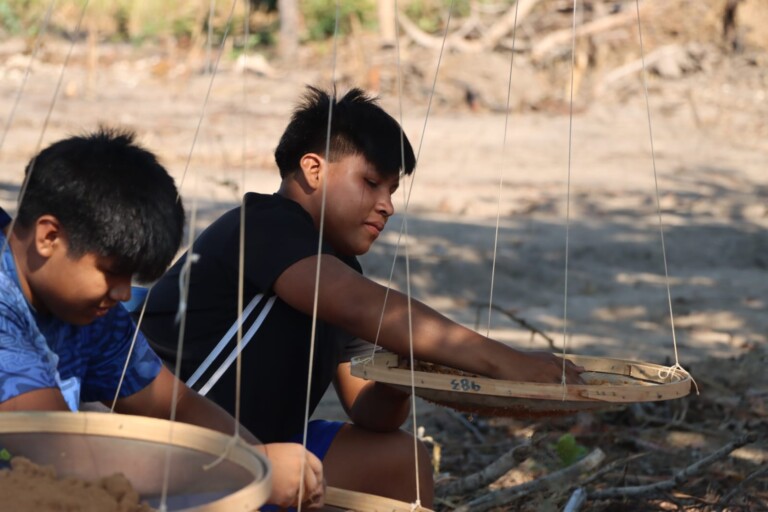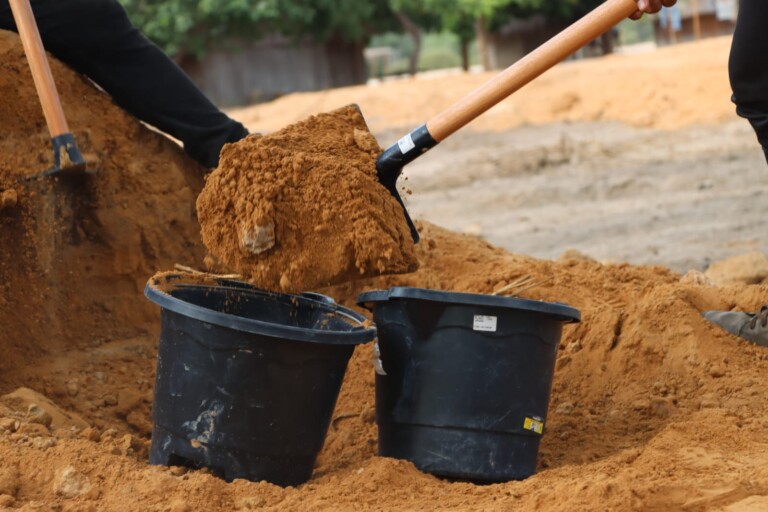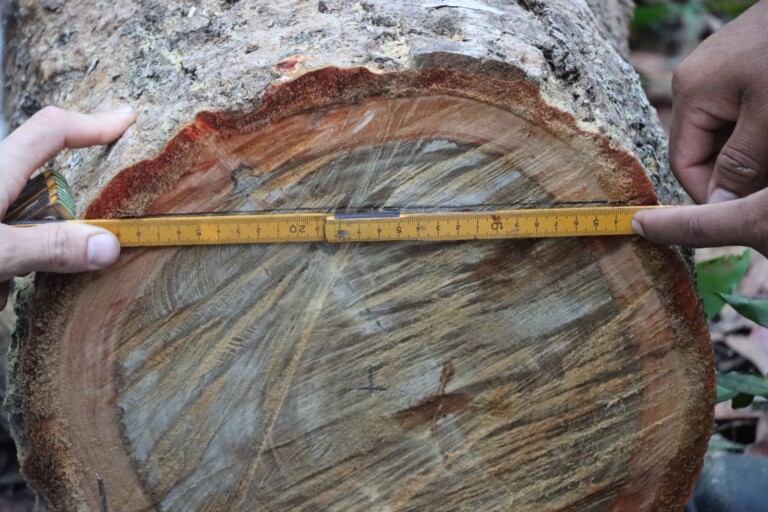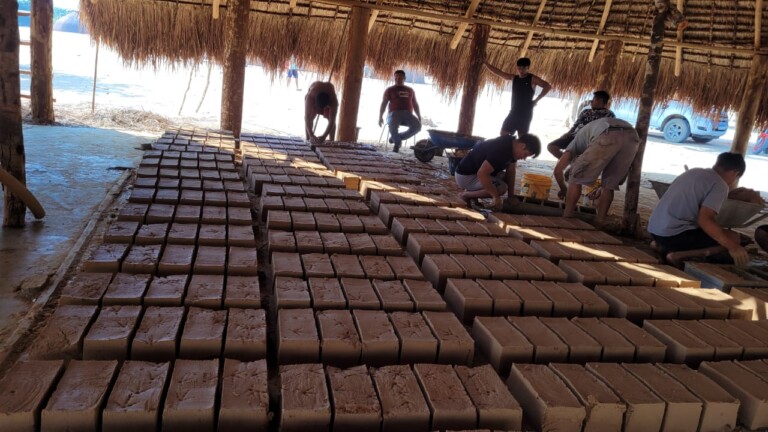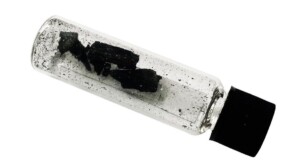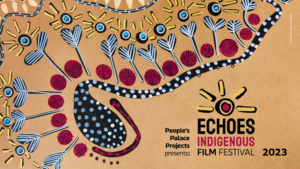Kamukuwaká: Recreating an Ancient Indigenous Cultural Site in full size
Using cutting-edge 3D printing to build a restored replica of vandalised rock carvings in the sacred cave of Kamukuwaká.
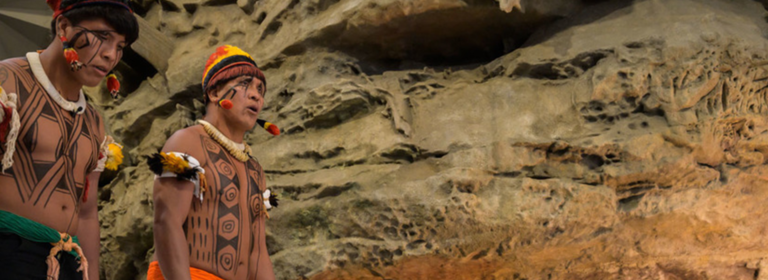
Project Overview
For the Xingu Indigenous peoples who live in the Brazilian Amazon, the ancient cave of Kamukuwaká is their most sacred historical site. It is known as ‘their book of learning’. The engravings on the walls of the cave hold Indigenous beliefs, customs and ancestral history and have inspired their traditional rituals, dances, songs, body paintings, and ceramic decoration for centuries.
The archaeological site was listed as a cultural heritage site in 2016 by IPHAN (Brazil’s National Institute of Historic and Artistic Heritage).
Sadly, in 2018, the Wauja people discovered that the ancient petroglyphs on the cave’s surface had been destroyed by an unknown vandal. Farmers have been expanding soya crops and pasture on the borders of the Indigenous protected territory, causing grave cultural and climate impacts. Tensions had been rising. The vandalism was likely a calculated cultural attack.
In response to this criminal act, specialists from Factum Foundation worked with our Indigenous partners to build a full-size replica (8 metres wide x 4 metres high) of the cave, reproducing all the original drawings.
After being awarded a grant by Iron Mountain, PPP started the preparation to ship the facsimile from Factum’s studio in Madrid to the Indigenous territory. The replica will be housed in the Cultural and Monitoring Centre, which has been built at Ulupuene village. (scroll down to learn more)
Criminal Destruction and the re-creation of Kamukuwaká cave
As part of PPP’s The Challenge of the Xingu project, an expedition to the site in September 2018 – organised by members of the Wauja community, with a team from Factum Foundation and Brazilian anthropologists – found its ancient petroglyphs had been systematically destroyed: chisel marks, a chipped surface and scattered fragments on the ground were all that was left.
You can read more about this story on BBC News (in Portuguese).
The cave and its knowledge would have been lost forever, if it wasn’t for a ground-breaking project that restored the sacred engravings bringing Kamukuwaká cave to life in a full-size replica.
Factum Foundation’s team employed high-resolution technology- photogrammetry and LiDAR scanning – to record the cave. Then, using cutting-edge 3D printing technologies and with reference to previous photographic documentation, as well as the collective memory of the Wauja, a forensically accurate digital restoration of the rock carvings was carried out, resulting in a 1:1 facsimile of the entrance to the cave with all the petroglyphs, measuring 8x4x4m.
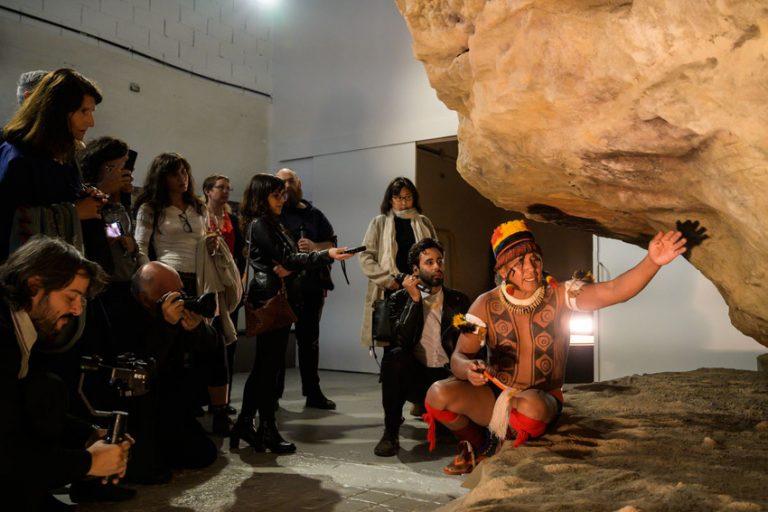
One year after the vandalism was discovered, on the 18th and 19th of October 2019 , Factum hosted a two-day event in their Madrid workshop to inaugurate the facsimile of the restored cave. It was unveiled by a leader of the Wauja community, Akari Waurá, oral historian and singer, and his son Yanamakakuma Waurá, alongside Takumã Kuikuro, a filmmaker from the Kuikuro people, and Shirley Djukuma Krenak, leader of the Krenak people.
During the event, they explained the importance of the cave and its meaning for the preservation of Indigenous cultures and discussed ways in which the facsimile of the cave can best serve the Indigenous communities in Brazil.
Akari Waura, chief of Tetepeweke village
8,000 KM: Shipping the replica from Spain to the Xingu Indigenous Territory
In early 2023, the project was selected by Iron Mountain’s Living Legacy Initiative. The support has enabled PPP, the Wauja community and partners to start planning the logistics to bring the replica all the way from Madrid to Ulupuene village in the Xingu Indigenous territory.
The Ulupuene Indigenous Association have decided they want to house the cave in a new Monitoring and Cultural Centre – the first Indigenous Museum in the Xingu – in the heart of the village. The construction started in the winter of 2023, during the dry season in the region.
In late February 2024, the replica was dismantled in the Factum studio in Madri to fit in large containers which will be shipped via sea freight. The video below gives an idea of the logistics:
The new Monitoring and Cultural Centre in the heart of Xingu
The cultural and educational centre is being built according to sustainable architecture principles, using bio-construction. The 150 square metre building will house the replica of the cave in the heart of the Indigenous territory. It will be open to visitors from the Indigenous territory and from afar.
The new centre will be equipped with solar panels, internet connection, office and storage spaces to enable the Wauja people to monitor the territory and the Batovi river 24/7 using drones, cameras and GPS.
The whole village is involved in the construction and excited about the new monitoring and cultural centre. We hope to inaugurate it in the Spring 2024 when the replica arrives in the Indigenous territory after a 8,000 km journey.
PPP continues to seek funds to make this possible.
